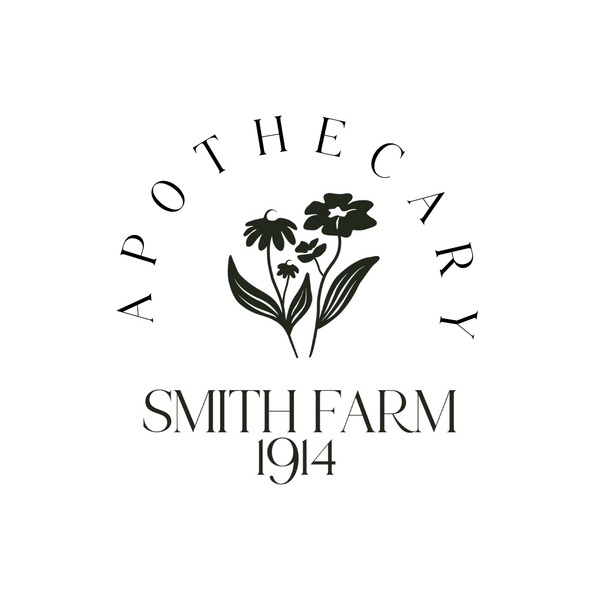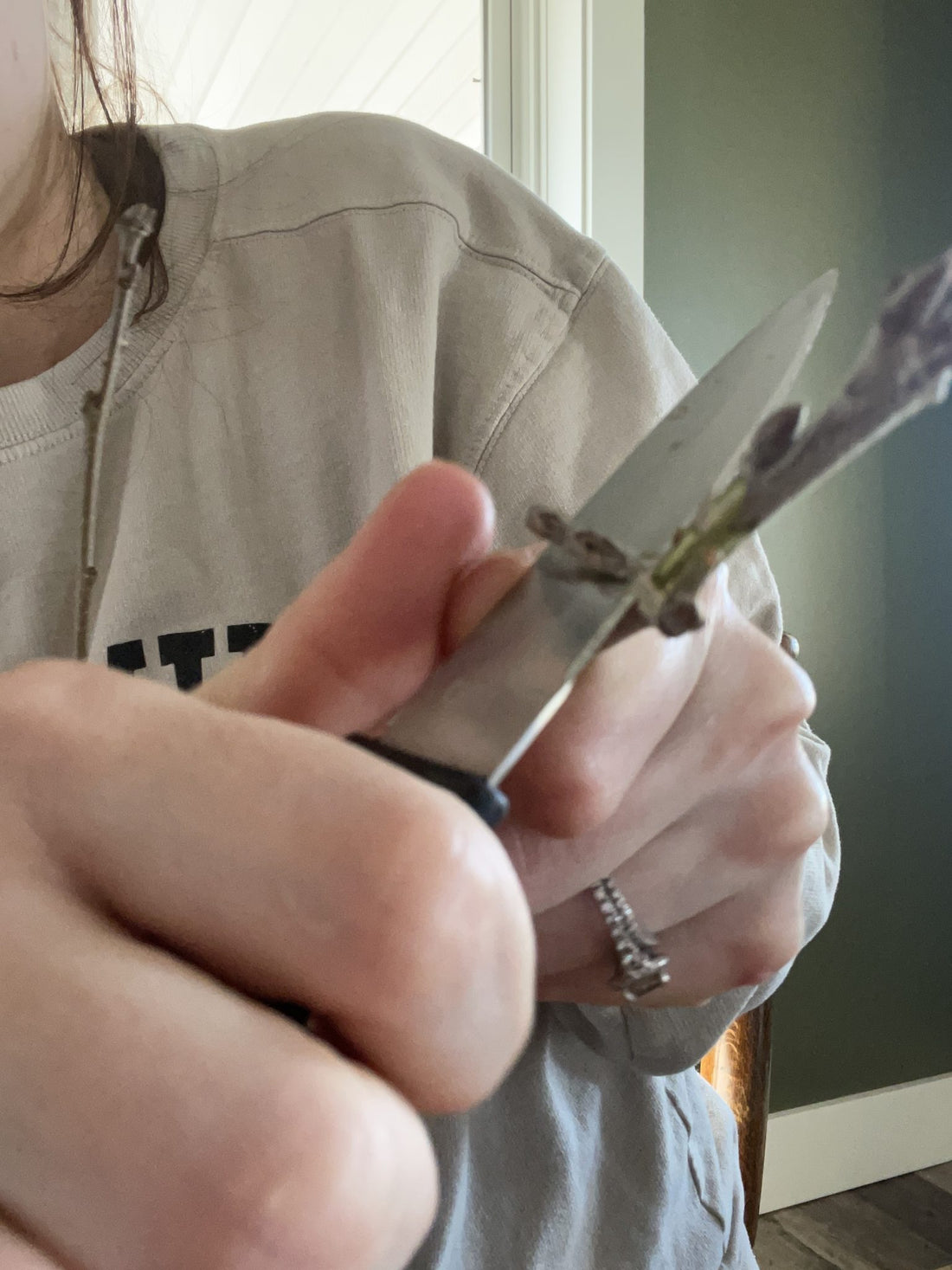(You’ll want to fill the jar 1/4 full, about where my finger is, lightly packed)
If you aren’t using fresh bark, and are using a bought dried version fill the jar using the same 1:4 ratio.
You can watch my teacher, Connie, perform this tutorial on YouTube here.
Willow
This is one of my favorites to collect. This tree contains salicylic acid… which is the original ingredient of ASPRIN. All kinds of this tree can be used interchangably, although, you’ll find that the weeping willow tends to be a little less potent.
Contraindications: Do not use under the age of 8, avoid during pregnancy
Properties: anti-inflammatory, astringent (tightens and tones tissues), analgesic (pain relief), bitter, digestive, diuretic (reduces body fluid), febrifuge (fever reducer), vermifuge (parasites)
Great for pain, fevers, UTI’s and headaches. Arthritis, muscle and joint inflammation, rheumatism, diarrhea, dysentery, colds, flu, gout, digestion, parasites, canker sores, corns, mouth ulcers, and gargling for sore throat.
Oak
All types of this tree can be used interchangeably because they are all rich in tannins with astringent properties.
Contraindications:
Properties: Anti-inflammatory, antiseptic, astringent
Tightens and tones relaxed tissues, shrinks hemorrhoids, dark varicose veins, helps with high blood pressure, heart palpitations, diarrhea, dysentery, swollen glands, excess sweating, gingivitis, mouth ulcers, tightens loose teeth, and has even been known to rebuild tooth enamel. Helps with bites, ringworm, and bedsores.
Sumac
Staghorn and smooth, they all can be used interchangeably. You’ll identify this tree/ shrub by the cone shaped cluster of berries it produces in the summer. Remember to stay away from white sumac, the flowers are not red, and are incredibly poisonous.
Contraindications: Tree-nut allergies should not use this, cashew allergies.
Properties:
Stops excess fluids. Helps with kidney functions, and urinary infections, post-nasal drip, bed wetting, watery menopausal bleeding, balances excess sweating, helps with gum problems, asthma, diarrhea, dysentery, fevers, sore throats, anemia and more.
Conclusion
Now there are some barks you should not be collecting in the spring, such as apples and wild cherry trees, these tend to be high in cyanide in the spring and should be avoided, if you are looking to collect these, late summer/ early fall is best.
As a reminder you can find the cards I have used while foraging and to help with remembering what plants are good for here.
If herbalism is of interest to you the lamb shoppe offers an online course! This is a portion of the same course I took, at a much smaller cost. This course covers 10 herbs, they are quite honestly the most commonly used herbs in our home. To purchase, click join, create an account and then purchase. You can find more information here.




